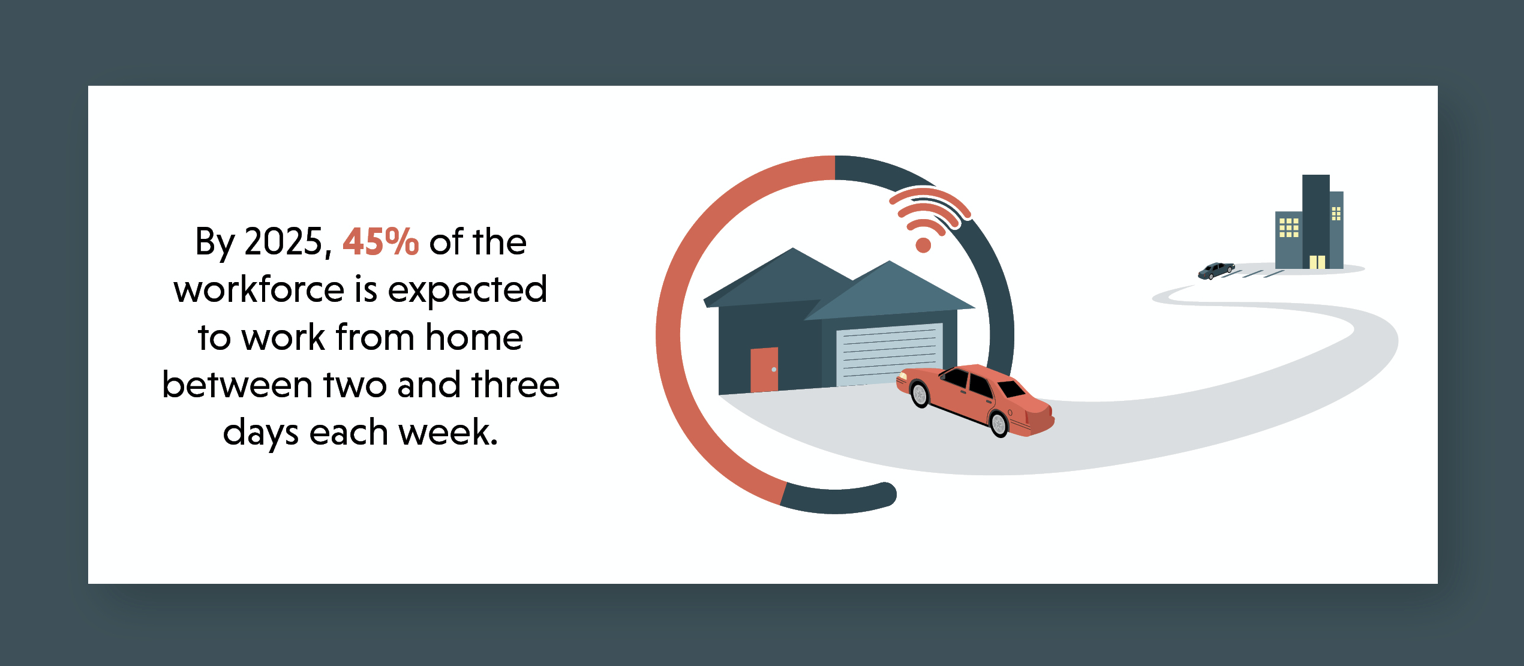Fraud and E-commerce
The COVID-19 pandemic massively accelerated the growth of e-commerce. According to digital fraud prevention company, Sift, the amount of money spent by online shoppers nearly doubled between 2019 and 2020. However, amid the surge in online purchasing came an increase in fraud. In fact, the Consumer Sentinel Network, which is part of the Federal Trade Commission, received more than 2.1 million reports of fraud in 2020. Consequently, consumers lost a combined total of $3.3 billion from these fraud incidents.
Over the past year, fraudsters scammed consumers and capitalized on the growth in online sales by targeting merchants that were either new to e-commerce or lacked the resources needed to implement proper cybersecurity precautions within their digital payment systems. Fraudsters’ tactics included:
- Malicious checkout pages—These pages look identical to merchants’ original checkout and payment pages, allowing fraudsters to gather consumers’ payment information.
- Silent fraud—This technique occurs when fraudsters evade detection within digital payment systems through the use of malware.
- Fraudulent charities—As online giving increased by 20.7% during the pandemic, fraudsters were able to hide behind traffic and transaction surges to take advantage of both merchants and consumers.
- Chargebacks—Chargeback fraud occurs when a fraudster contacts the issuer—rather than the merchant—to dispute legitimate charges and obtain a refund, all while still keeping the purchased item.
- Refund fraud—Fraudsters commit refund fraud when they acquire goods illegally and return them to merchants for money or other goods.
As consumers change their purchasing habits and have higher expectations for simplified transactions, it’s important for merchants to take precautions against e-commerce fraud, while still maintaining user-friendly systems. Specifically, merchants should provide safe payment methods that are easy for consumers to navigate and have ever-evolving fraud detection measures in place.
Hybrid Workplace Challenges

As organizations assess long-term work arrangements in the wake of the COVID-19 pandemic, they must also consider the challenges of implementing hybrid workplace models. Put simply, a hybrid workplace model is a flexible model that blends both on-site and remote work.
While an online survey by Harvard Business School found that 81% of respondents did not want to return to the physical office or preferred a hybrid work schedule, companies still need to assess the organizational risks of both remote and hybrid work. This may include issues related to technology, social isolation, the decline of company culture, workplace distractions and decreased productivity.
To avoid such risks, organizations should have various solutions in place, such as:
- Creating a workplace strategy—Developing and implementing a workplace strategy can help ensure that everyone is on the same page regarding schedules and deadlines. Doing so can also keep projects on track, while still making sure there are designated times for socializing.
- Equalizing the employee experience—Managers must adapt to their workforce being in different places during the workday to ensure that imbalance and discrimination are not brought into the workplace. Updating information regarding accessibility, colleague visibility and employment benefits can help equalize the employee experience for on- and off-site workers.
- Mutually agreeing to terms and expectations—Outlining clear expectations for the workday can help hold both on- and off-site employees accountable.
Remote and hybrid workplace models are likely here to stay. While there are challenges that come along with these models, there are also steps organizations can take to proactively avoid those risks and create a productive, inclusive work environment. For more information, contact me.

